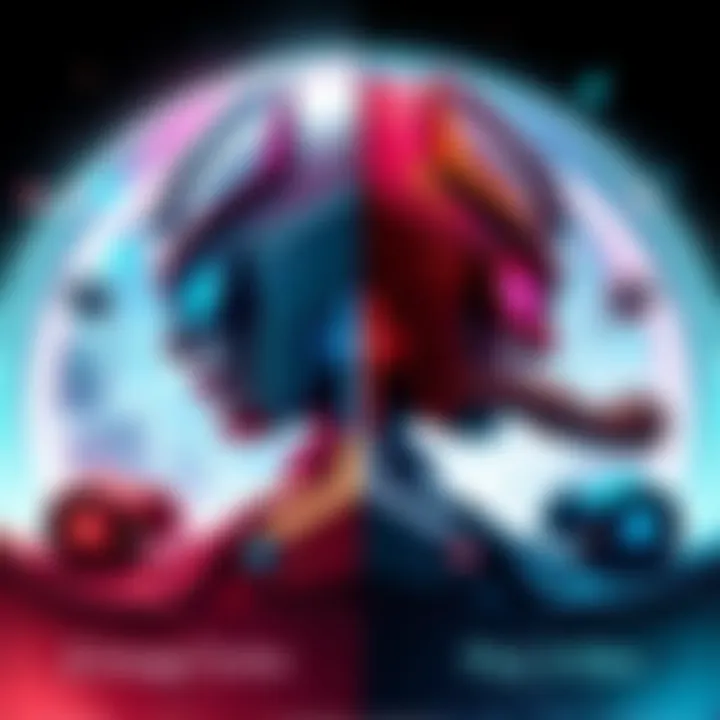Z-Image Turbo vs. Flux 2 Dev | Fast vs. Artistic Mastery in AI Art Creation

A growing debate is unfolding among AI art enthusiasts regarding the strengths of Z-Image Turbo and Flux 2 Dev. Users argue while Z-Image excels in realism, others believe Flux 2 leads in artistic styles and compositions, highlighting a divide in preferences within the creative community.
Overview of Z-Image Turbo and Flux 2 Dev
Both Z-Image Turbo and Flux 2 Dev play distinct roles in AI art generation, each with unique features and capabilities.
Z-Image Turbo
Speedster: Lauded for its rapid generation speed, Z-Image Turbo quickly meets user needs for ideation.
Pros: Users emphasize its photorealism and trainability alongside fewer restrictions.
Cons: It falters with complex prompts, leading to lower cohesion and diversity.
Flux 2 Dev
Complexity Champion: Recognized for tackling intricate prompts, some users tout it as superior in artistic composition.
Pros: Known for its text fidelity and consistency in artistic style, Flux 2 stands firm on generating detailed outputs.
Cons: The model's size and slow performance may hinder less robust systems.
"Flux 2 is a clear winner for me in art styles and artistic compositions," a user commented, underscoring the nuanced strengths each model possesses.
Community Insights
Recent discussions reveal three main themes among users:
Realism vs. Artistic Style: Many acknowledge that while Z-Image produces realistic skin tones, Flux 2 excels in artistic compositions.
"I still haven't seen Flux 2 people with realistic skin; Z-Image people look correct skin-wise," a comment noted, illustrating a key point in the conversation.
Performance vs. Accessibility: Several voices stress that Z-Image's lighter system requirements make it more universally accessible than the heavier Flux 2.
"Very important aspect is how much smaller and easier to run Z-Image is compared to Flux 2," remarked one user, emphasizing practical usability.
Specific Use Cases: The decision between models often depends on individual needs, with Z-Image favored for quick drafts and Flux for polished outputs.
“I see myself using both of these models. Z-Image for ideation and fast iteration. Flux 2 when I want a final version,” a user clarified, reiterating the complementary strengths.
The Future of Art Generation
It appears both models will thrive side by side, catering to the digital creativity landscape. As each continues to develop, the reliance on both tools is expected to grow.
Key Highlights
🚀 Z-Image: Fast with solid photorealism but challenged by complex prompts.
🐢 Flux 2 Dev: Excellent for prompt adherence and artistic quality but requires more resources.
✨ Diverse Usage: Users benefit from leveraging both models for different art tasks.
As 2025 unfolds, the evolution of Z-Image Turbo and Flux 2 Dev is likely to reflect ongoing improvements in their capabilities. There’s a solid chance Z-Image will enhance its proficiency in complex prompts, while Flux 2 aims to optimize its resource consumption.
Shifting Dynamics in Digital Creativity
Much like photography's journey from skepticism to acceptance, AI art models are forging their niches in creative fields. The dialogue surrounding Z-Image Turbo and Flux 2 illustrates how innovation and utility are reshaping user interactions with technology.
Each model’s unique features highlight ongoing advancements in AI, showcasing potential for redefining artistic expression in the digital age.
For more discussions and insights on AI art models, explore public forums and user boards.
